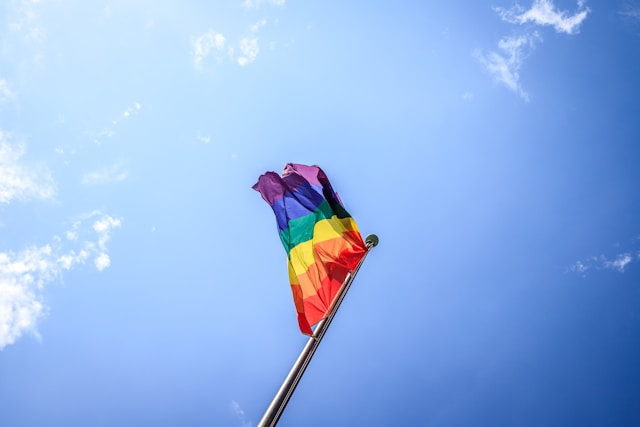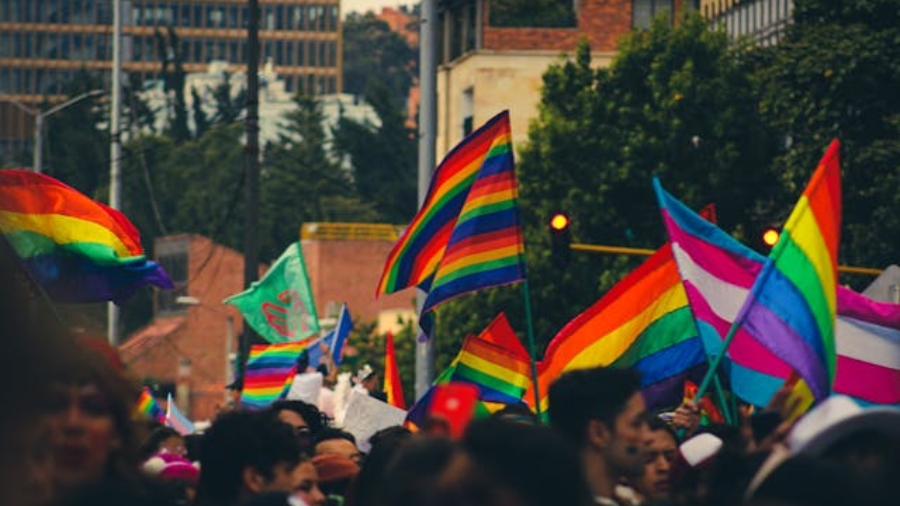Beyond the Rainbow: How Pride Month Celebrations Differ Around the World in 2025
The first rainbow flag flew in 1978, a symbol of hope and diversity for the LGBTQ+ community. Today, that same flag is unfurled in every corner of the globe every June, but the story it tells is never the same twice. What begins as a triumphant, confetti-filled march in one city might be a silent, solemn vigil in another, or a groundbreaking legal challenge in a third.
Understanding how Pride Month celebrations differ around the world is about more than just comparing parade sizes. It’s a powerful lens through which to view the complex, ongoing struggle for human rights. In 2025, this global tapestry is more varied than ever, reflecting hard-won victories, fierce backlashes, and resilient, community-driven hope. Let’s embark on a journey to see what Pride looks like beyond your local parade.
The Many Faces of Pride: A Spectrum of Celebration and Protest
At its core, Pride is a commemoration of the 1969 Stonewall Uprising—a riot against police brutality. This origin as an act of resistance means that the character of any given Pride event is directly shaped by the local political and social landscape. We can broadly categorize these celebrations into several distinct types.
1. The Corporate-Sponsored Carnival: Pride in the West
In many North American and Western European cities, Pride has evolved into a massive, mainstream festival. Think of New York, London, Berlin, and São Paulo (which, while in South America, hosts one of the world’s largest parades in this style).
- The Vibe: A vibrant, celebratory carnival. Floats sponsored by major brands, world-renowned DJs, and a sea of rainbow merchandise dominate the scene.
- The Focus: While activism remains a thread, the emphasis is often on visibility, community joy, and normalization. It’s a party, but one that asserts the community’s right to public space and joy.
- The 2025 Context: The conversation here is increasingly nuanced. Debates about “pinkwashing”—where companies profit from Pride without supporting the community year-round—are louder than ever. In 2025, expect to see a stronger push for authentic corporate allyship and more prominent platforms for marginalized voices within the community, such as trans people and LGBTQ+ people of color. The Human Rights Campaign often tracks corporate equality indices that feed into these discussions.
2. The Political Protest: Pride as a Defiant Act
In countries where LGBTQ+ rights are under threat or non-existent, Pride is not a party—it’s a protest. This is the reality in places like Poland, Hungary, Turkey, and Russia.
- The Vibe: Somber, courageous, and defiant. Participants often wear masks to avoid identification. Police presence is heavy, and counter-protesters are a real threat.
- The Focus: Basic human rights: the right to assemble, the right to free expression, and the right to exist without violence. A march of a few hundred people in Istanbul, facing water cannons, is as powerful as a million-strong parade in San Francisco.
- The 2025 Context: With the rise of far-right and authoritarian governments, these protests are becoming more critical. In 2025, organizers are leveraging global digital networks for safety and awareness, using encrypted apps to coordinate and live-streaming events to ensure the world is watching. The work of organizations like ILGA-Europe is crucial in supporting these brave activists.
3. The Community-Centric Gathering: Pride with a Local Focus
Many celebrations, particularly in Australia, New Zealand, and parts of Western Europe, strike a balance between celebration and protest. They are large and joyful but retain a strong, grassroots community core.
- The Vibe: Inclusive, family-friendly, and culturally integrated. You’ll see community groups, sports teams, unions, and health services marching alongside the party floats.
- The Focus: Local issues, community support, and intersectionality. The agenda might focus on improving trans healthcare access, supporting homeless LGBTQ+ youth, or celebrating Indigenous LGBTQ+ identities (such as Australia’s Sistergirls and Brotherboys).
- The 2025 Context: A key trend here is decentralization. Instead of one massive city parade, there’s a growth in suburban and regional Pride events, ensuring inclusivity for those who can’t travel to the capital.
4. The Government-Sanctioned Display: A Complicated “Celebration”
In a handful of countries, most notably Israel and Germany, Pride events receive significant official government support. This creates a unique and sometimes controversial dynamic.
- The Vibe: Well-organized, heavily secured, and officially endorsed. In Tel Aviv, it’s marketed as a top tourist attraction.
- The Focus: The narrative often centers on national progressiveness. However, this can be used to obscure other political issues—a practice known as “pinkwashing.” Critics argue that Israel’s vibrant Pride celebration, for example, is used to deflect from the Israeli-Palestinian conflict.
- The 2025 Context: The debate around the co-opting of Pride for political narratives will continue to intensify. Participants in these events are increasingly vocal about holding their governments accountable on all human rights fronts, not just LGBTQ+ issues.

A Snapshot of Global Pride in 2025
The table below provides a quick comparison of how these different types of Pride manifest:
| Location | Primary Vibe | Key Focus in 2025 | Unique Challenge |
|---|---|---|---|
| New York, USA | Celebratory Carnival | Corporate accountability, trans rights | Commercialization, loss of protest roots |
| Warsaw, Poland | Defiant Protest | Safety & basic human rights | Government hostility, violence from far-right |
| Sydney, Australia | Community Festival | Intersectionality, regional inclusion | Balancing commercial & community interests |
| Taipei, Taiwan | Historic Celebration | Solidarity with neighboring countries | Being a beacon of hope in Asia |
| Istanbul, Turkey | Courageous March | Right to assemble peacefully | Police brutality, political repression |
Beyond June: The Future of Global Pride
The story of how Pride Month celebrations differ around the world is still being written. Looking at 2025, several key trends are shaping its future:
- The Digital Diaspora: Virtual Pride events, born during the pandemic, continue to thrive, offering a safe space for people in hostile countries and those with disabilities to connect. Online platforms are crucial for global solidarity.
- Intersectionality Takes Center Stage: The conversation is moving beyond a singular “gay” narrative. The most impactful Pride events are those that actively center the experiences of Black, trans, disabled, and immigrant LGBTQ+ people.
- A Return to Roots: In the face of commercialization, many communities are organizing smaller, more radical “Reclaim Pride” marches that focus exclusively on protest and political action, hearkening back to Stonewall.
Your Role in the Global Rainbow
Pride is not a monolith. It is a living, breathing movement that adapts to the needs and dangers of its environment. The joyous party in one city and the silent, masked march in another are two sides of the same coin: a universal yearning for freedom and dignity.
As you celebrate in 2025, take a moment to look beyond your own horizon. Seek out the stories of Pride from around the world. Support grassroots organizations fighting on the front lines. Understand that your celebration is a privilege—and use that privilege to amplify the voices of those who are still fighting for their right to simply be.
What does Pride mean in your corner of the world? How do you see it evolving? Share your thoughts and experiences in the comments below, and let’s continue this important global conversation.

